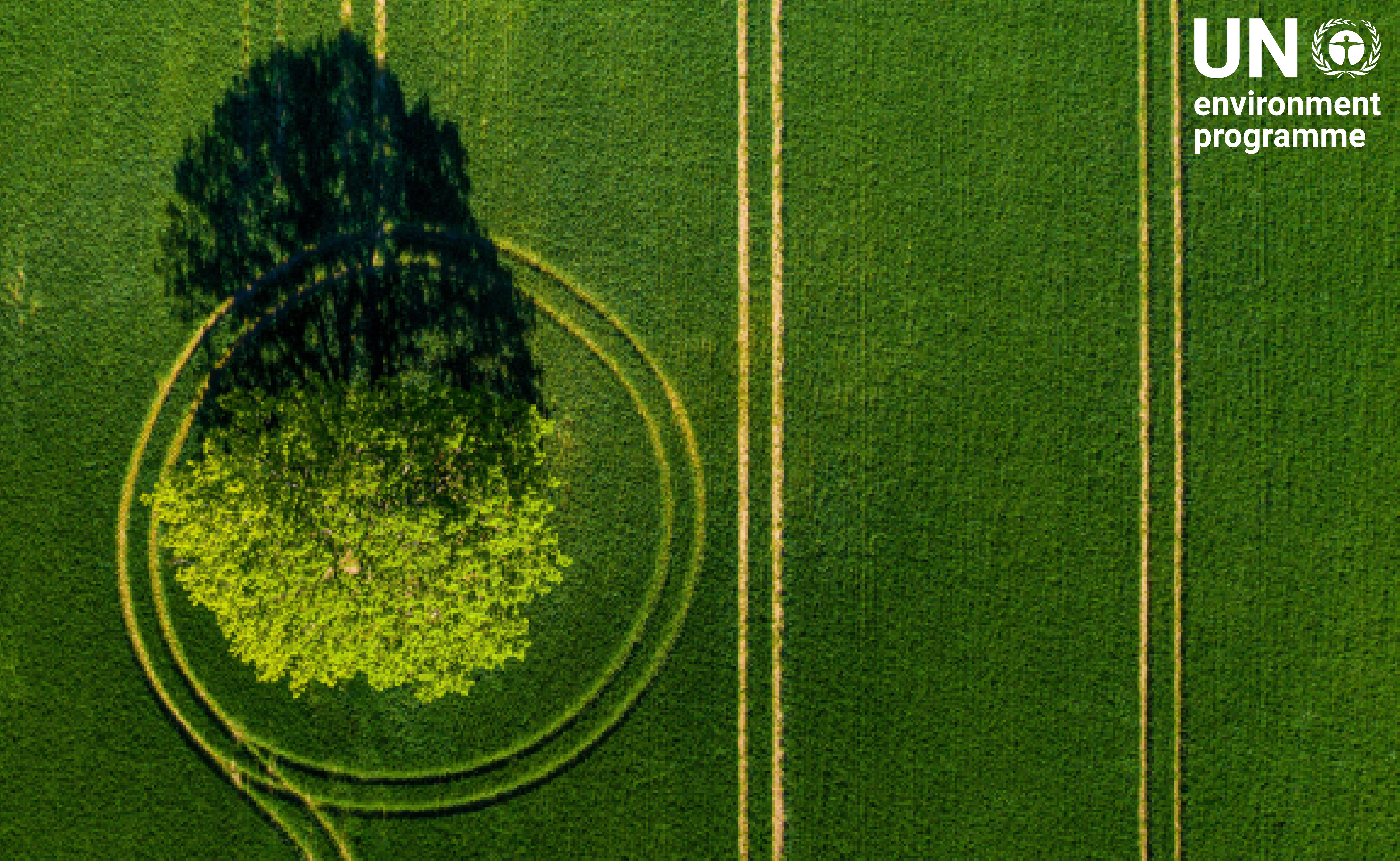|
Executive Summary The present guidelines are a tool to enhance institutional technical capacities to regularly produce circular economy datasets that are expected to be used to inform and develop evidence-based policies. These are technical statistical guidelines to guide national statistical offices and line ministries to better understand the methodologies of selected indicators, as well as assist them with indicators’ calculations. The indicators included in these guidelines are based on the UNECE Conference of European Statisticians – Guidelines for Measuring Circular Economy, part A: Conceptual Framework, Indicators and Measurement Framework, published in 2023. A total of 12 indicators is included in this document. For each indicator, the following information is provided: (a) general information; (b) additional disaggregation, when applicable; (c) indicator interpretation; (d) data availability; (e) limitations in the use of the indicator, (f) definitions, and (g) calculations. |


